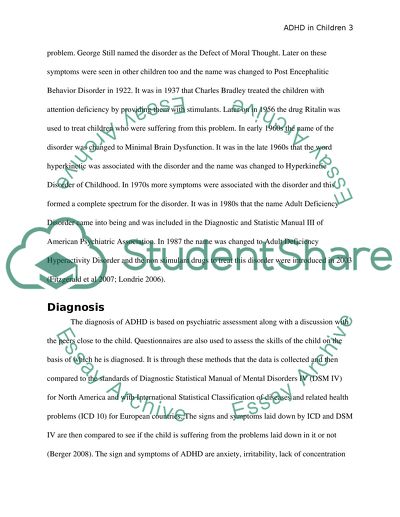Cite this document
(“Along lines of Process and emotional struggle with ADHD in the Family Research Paper”, n.d.)
Retrieved from https://studentshare.org/family-consumer-science/1418967-adhd-in-children
Retrieved from https://studentshare.org/family-consumer-science/1418967-adhd-in-children
(Along Lines of Process and Emotional Struggle With ADHD in the Family Research Paper)
https://studentshare.org/family-consumer-science/1418967-adhd-in-children.
https://studentshare.org/family-consumer-science/1418967-adhd-in-children.
“Along Lines of Process and Emotional Struggle With ADHD in the Family Research Paper”, n.d. https://studentshare.org/family-consumer-science/1418967-adhd-in-children.


